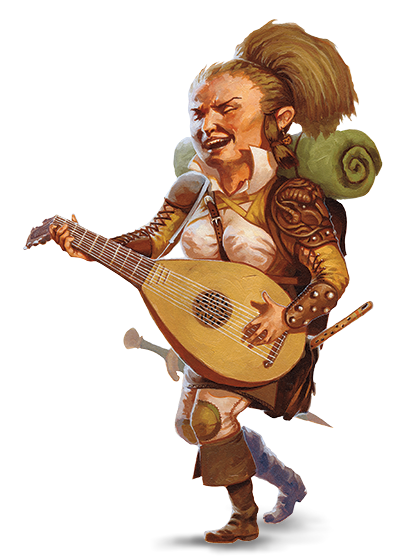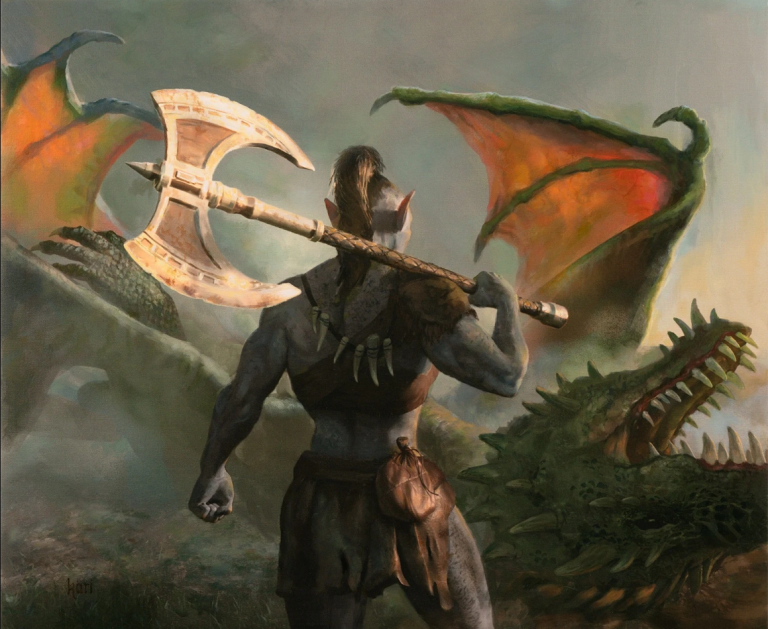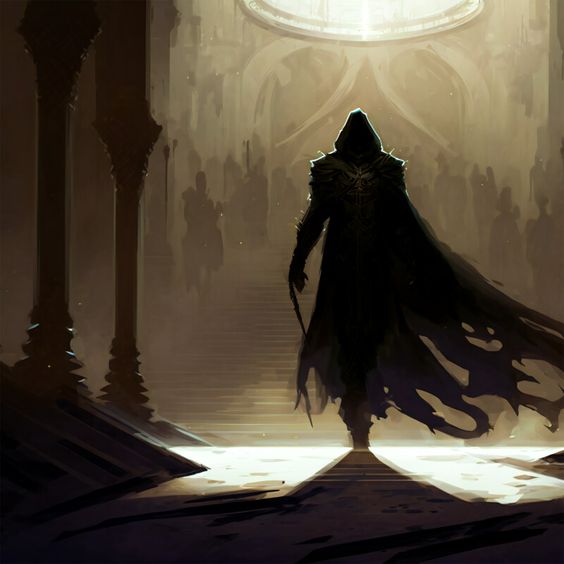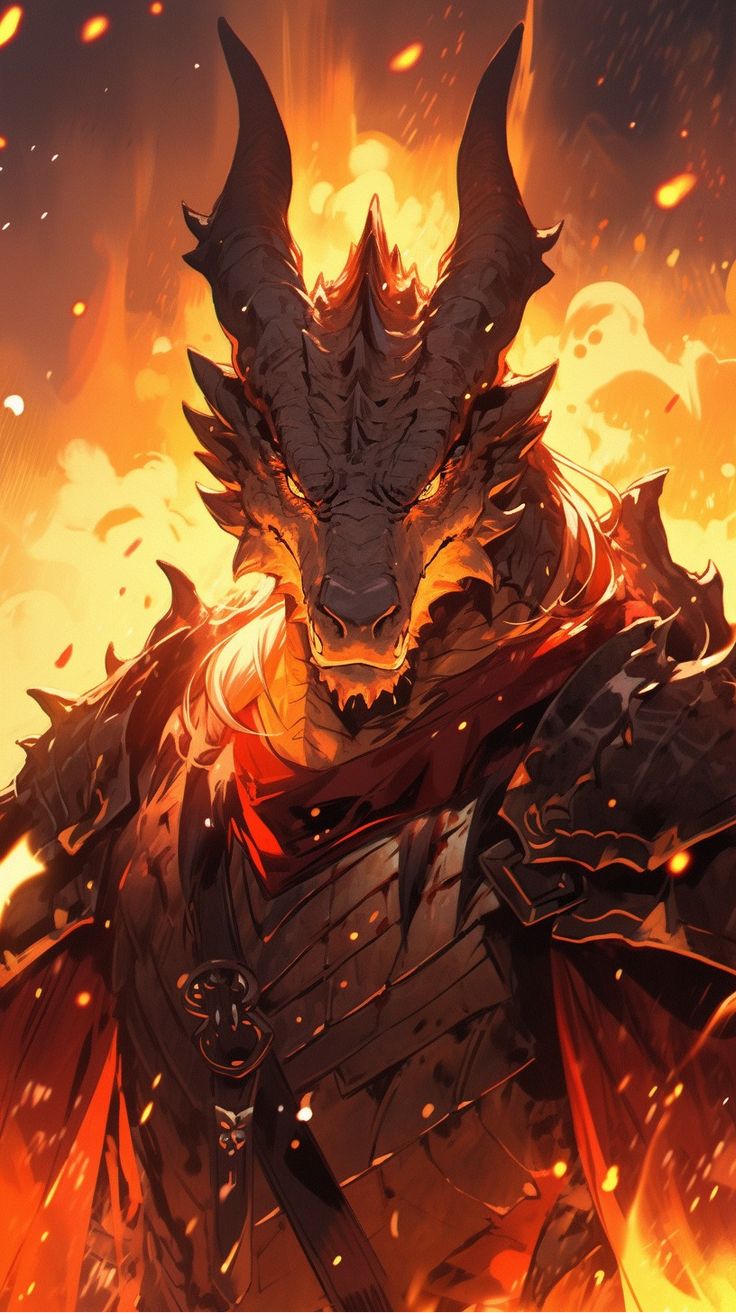D&D 5e: Walk Off Your War Wounds With The Dwarven Fortitude Feat
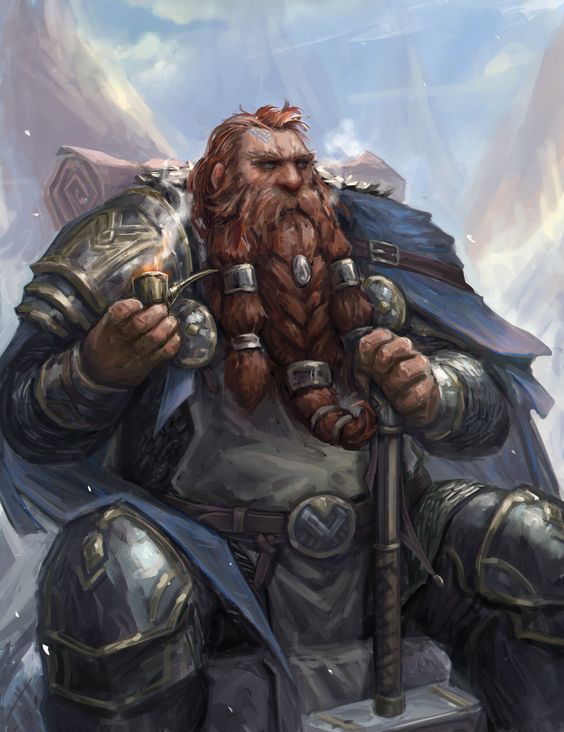
D&D 5e: Walk Off Your War Wounds With The Dwarven Fortitude Feat
SOURCE: Xanathar’s Guide to Everything
Rating the Benefits of Dwarven Fortitude
Benefit #1 –
-+1 to Constitution, up to a maximum of 20
Con is a vital stat for every character, and the rest of the feat builds from it. Still, it would have been nice to see some choice, here.
Benefit #2 –
Whenever the character takes the Dodge action, they can spend a hit die to heal. Roll the die, add your Con mod, and gain that many HP
In combat, healing might just keep a character alive. For most characters, spending the Dodge action is already a trap choice, but there are one or two builds that might lean into this to create a powerful tank.
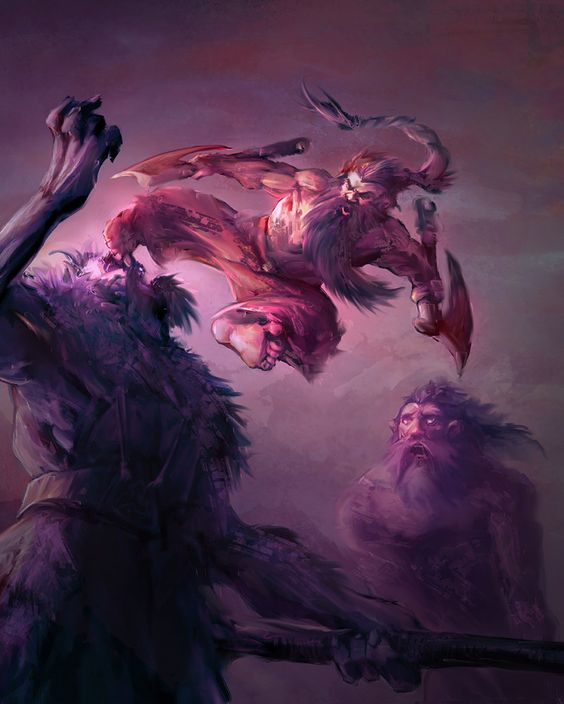
Mechanics and Requirements
Understanding How It Functions
Becoming a Dodge Tank
The primary benefit of the Dwarven Fortitude feat is the ability to heal when you take the Dodge action.
For most characters, Dodging takes an action and confers Disadvantage on all attacks until the start of your next turn.
Whenever a Dwarf with this feat dodges, they can spend and roll a hit die, add their Con mod, and heal that many HP.
There’s no sugarcoating this. For most characters, this benefit is absolutely terrible.
Spending your action to Dodge is a trap choice in almost every circumstance. It’s normally much better to spend your action dealing damage, even if you know you’re going to get dropped to 0 HP in the following turn, as that makes it much more likely that your party can deal with the issue, and then get you healed, up and alive again afterward.
On top of this, the healing is incredibly low and also tied to a mechanic that has limited uses, and refills oddly. Because it’s tied to hit die.
A character has a number of hit die equal to their level, and those hit die are the ones granted by their class. So a level 5 Dwarven Fighter, which has a d10 hit die, has 5 of these dice to spend.
Characters can normally only spend hit die when taking short rests, and they’re spent to heal. This is generally representative of the party taking a breather, treating wounds, and refreshing themselves.
So that Fighter already mentioned would be able to spend up to 5d10 when taking a short rest, with their Con mod added to each dice roll, exactly like the benefit of the feat.
So, problem one. A character spending hit die on Dwarven Fortitude is trading in their ability to heal later, for immediate healing. This might mean they stay on their feet longer, but if the party gets time for a short rest, they might not have resources left to heal and are left on low HP until the day is done.
The second problem is how the hit die comes back. After taking a long rest, a character regains half of their total hit die. This is a baffling decision because it means a character adventuring over sequential days might quickly start to run low on essential resources.
Dodging outside of combat
So dodging in combat sucks. The obvious use of this feat then is to allow a character to dodge themselves back to full HP outside of combat, right?
As hilarious as the image of a Dwarf parkour rolling down a dungeon corridor to seal up bleeding wounds is, this still isn’t good, because it doesn’t fix one of the core problems of the feat.
Using it spends your hit die.
Is gaining a chunk of HP back good? Obviously, yes. But how much HP does Dwarven Fortitude actually restore, and what are you giving up to gain it?
Let’s take a look at our level 5 Dwarven Fighter again. After several combat encounters, her HP is low, so she spends all of her hit die to heal.
She has 14 Con, standard for level 5. Her HP total is 42. By spending all five of her hit die, she can restore up to 40 HP.
That sounds … good, right?
Unfortunately, no. See, the problem is, if she’s taken damage, the rest of the party probably has, too. And when the party takes a short rest to restore their own HP and class resources, now she has nothing to spend, so any further wounds are taken stick.
There’s also, and this is the big one, the opportunity cost of taking the Dwarven Fortitude feat. A character taking this feat could have either taken another feat, which might increase durability in other ways like boosting AC, so fewer hits come through, or increase their damage so they can kill enemies faster. Ironically, this also makes the character tougher, as dead enemies typically don’t deal as much damage as the live ones.
Alternatively, a character taking Dwarven Fortitude could have just increased their Con score, gaining +1 to their Con bonus.
This increases their HP pool by 1 per level, plus any healing from hit die on short rests goes up, too. Add a boost to Con saves, which tend to be … important, and it starts to become harder to justify taking this feat.
Is Dwarven Fortitude ever good?
For most character classes and builds, the answer is an obvious no. Dwarven Fortitude is a terrible trap of a feat that actively makes a character worse.
However, there are a few classes that can make use of the feat, especially if they’re leaning into it and creating a funky build focused on resilience and drawing as much enemy aggro as possible.
The Monk is the class we’re going to be looking closest at. More on this at the end of the guide.
Key Stats
The Dwarven Fortitude feat offers a character +1 to their Constitution score and also scales with Con. While Constitution isn’t ever a stat to max first, a character with this feat would probably want to get it to 20 seconds.
Ideal Characters for Dwarven Fortitude
Top Classes
Monk – The Monk is the only class in 5e that can Dodge as a bonus action. This allows a character to make full use of the feat in combat, healing every turn, as long as Ki points hold out.
Many Monk subclasses need to spend their Ki points and bonus actions on other things to stay combat relevant, but several subclasses can effectively use the benefits. More on this below, in our optimization guide.
Cleric – Built right, a Cleric can be incredibly tough to bring down. A built focused around Spirit Guardians for AOE damage and a slow, using Dodge and the Warcaster feat to keep themselves healthy and the spell active, could be a surprisingly strong disruption tank.
Combining this with the Peace Cleric to boost the party’s rolls, or the Twilight Cleric’s ability to stack temp HP onto the entire party as long as they stay close, sounds very powerful. Yes, we’ve had to lean into two of the most broken subclasses in the game to make Dwarven Fortitude sound good. That should tell you something.
Fighter – A Fighter might take Dwarven Fortitude to keep themselves topped up outside of combat, especially since the class already has a built-in healing mechanic in Second Wind.
The Fighter also gains an absolute ton of feats, more than any other class, which makes it much simpler to scale Con to 20, plus pick up some of the essential disruption feats like Sentinel.
Multiclassing Considerations
Barbarian – The Barbarian’s colossal HP pool and rage mechanic damage resistance both synergize nicely with the Dwarven Fortitude feat. We only need a single level, but a character leaning into making this feat good would realistically need 3 levels, taking the Totem Warrior subclass for Bear’s resistance to all damage except psychic.
Race or Subrace Choices
The only race that can take the Dwarven Fortitude feat is, obviously, the Dwarf.
Of the subraces, the Hill Dwarf is the obvious option, as it increases a character’s HP total by 1 per level, making them even tougher.
There’s also a strong argument that Duergar, Deep Dwarves, should have access to this feat if they want. Any reasonable GM should allow this, as Duergar are explicitly Dwarves, and there’s no real reason to deny access to a feat that can charitably called sub-optimal in most cases.
Combos, Tactics, and Synergies
Complementary Feats
Durable – Double down on terrible feats by boosting the minimum floor of every hit die you spend. Roleplay as a literal punching bag. Hooray.
Sentinel – A character rolling this feat really needs enemies to target them. Sentinel keeps enemies close, in case they try to just … walk away. It’s also a great general feat.
Chef – Taking a different angle, Chef boosts short rest healing for the entire party and also lets a character bake magical snacks for extra temp HP. You’re tougher, everyone else is tougher, everybody wins.
Spells that Synergize
Stoneskin – Resistance to physical damage is very strong. While there’s a material cost, popping this before a major fight makes a character much harder to kill.
Warding Bond – Make an ally much tougher, give them resistance to all damage, but you take the other half. You probably want enemies to target you, and this is one way of doing it.
Absorb Elements – Resistance to elemental damage, plus a boost to damage on the next attack, is well worth a level 1 slot.
Strategies for Maximizing Dwarven Fortitude Effectiveness
Dwarven Fortitude Monks
As we’ve already mentioned, the Monk class can Dodge as a bonus action by spending Ki. Ki is a short rest resource that scales with Monk level, and used correctly, should get the character through an adventuring day.
There are three subclasses in particular we’re looking at, with the criteria of:
- Low Ki reliance
- Low bonus action reliance
- Increased toughness
Kensei Monks
The Kensei Monk is supposedly a master of weapons, able to comfortably fight at range and in melee.
In melee range, the Kensei can choose to deal slightly lower damage than normal to gain +2 AC, essentially gaining a shield every turn, without requiring resources. This should push AC to an average of 18-19, which, combined with disadvantage, should be hard for enemies to crack.
At range, the Kensei can instead choose to spend bonus actions to boost their damage. This is a cute little buff that can freely be interchanged with Ki-Dodging to heal when HP gets low. And if the enemy gets close? You’re still a Monk. Crane kick them in the face.
Long Death Monks
The Long Death Monk leans harder into the “tough” side of the build.
The subclass’s principal ability is gaining a shield of temporary HP whenever they kill a creature. As long as you can consistently land some killing blows, between the temp HP of the subclass and the healing of the feat, this Monk build will be alarmingly hard to kill.
As the class levels, it also gains the ability to step into the center of an enemy formation and unleash an AOE burst of fear. Disabling multiple enemies, while shrugging off the attacks of the remainder who passed their saves? That sounds fun as well as powerful.
Astral Self Monks
Astral Self Monks are a little more technical, and take an angle that the other suggested subclasses wouldn’t be able to use: Grappling.
A Monk of the Astral Self can spend a Ki point to gain magical, ghostly arms that allow longer ranged attacks that scale with interesting abilities as the class levels.
However, we want them for a single advantage: They allow a character to make Strength checks, which include Athletics for grappling, using their Wisdom modifier instead.
This makes the Monk much simpler to build as a grappler, as now the class doesn’t need Strength, leaving them able to pump Dex and Wis.
An Astral Self Monk would pop their Astral Arms in the first round, and look to grapple and possibly knock prone an enemy, isolating them from the entire fight, while Dodging on subsequent turns to make themselves almost impossible to hit.
Amusingly, the Arms of the Astral Self also increase melee range by 5ft, giving the Monk a 10ft slapping radius, so while they’re grappling one enemy, they could easily poke another one in the eye, and maybe even land Stunning Strikes.
Dwarven Fortitude and melee characters
A melee character with a spare feat slot might consider taking Dwarven Fortitude, especially if they’re commonly taking hits for the party, or if short rests are in short supply in your campaign.
A character building towards this would want to get as tough as possible. Making every single HP count is major to increasing the effectiveness of healing, not just for this feat, but in 5e in general.
The two standout options here are the Fighter and the Barbarian.
The Fighter can get alarmingly tanky if they build into it, stacking things like the Defense fighting style with a full plate and shield to drive AC incredibly high. Subclasses like Eldritch Knights can lean even harder into this, spending class resources and power budget on defensive spells like Shield and Absorb Elements, which can make the class impossible to effectively hurt.
The Barbarian takes a different angle, willingly making themselves incredibly easy to hit, but gaining resistance against a lot of damage types, plus having the largest hit die, and HP total, in the game.
The obvious choice, as we mentioned earlier, is Bear Totem, which offers resistance against all damage except psychic when Raging (and if you’re in combat, why aren’t you raging?) Alternatively, the Ancestral Guardian can force enemies to target the Barbarian by restricting the enemy’s ability to effectively attack their friends.
Magic items and Dodge
5e’s comprehensive list of magic items contains some that work interestingly with the Dodge action. If your campaign allows buying or choosing magic items, the value of this feat shoots way up.
Periapt of Wound Closure
Whenever a character wearing this necklace spends a hit die to heal, they heal double that amount.
While it doesn’t double the Con bonus of the heal, this increases the overall efficiency of hit die expenditure by about 75%. That’s huge and means a character typically heals one and a half times their total HP when spending all their hit die.
Bloodwell Vial
For Sorcerers only, once per day, when spending a hit die, gain 5 sorcery points.
Considering Sorcery Points are the Sorcerer class’s key mechanic, the ability to gain 5 of them without having to trade in spell slots is actually kind of okay and might be worth burning a feat for.
Final Thoughts on Dwarven Fortitude
Dwarven Fortitude isn’t a great feat. It’s clear what the designers wanted it to do, but the way it was approached was poorly balanced and just doesn’t synergize with what most characters want to do.
There’s play in the feat. It’s not terrible, and you can make a build with it. But it just takes so much work to be effective, when other feat and class combos do what it wants to do, but better.
Throughout 5e’s lifespan, Dwarves haven’t had the best coverage in terms of unique bonuses. Let’s hope, as D&D Next rolls in, that the race gets some much-needed love, because Dwarven Fortitude ain’t it.


